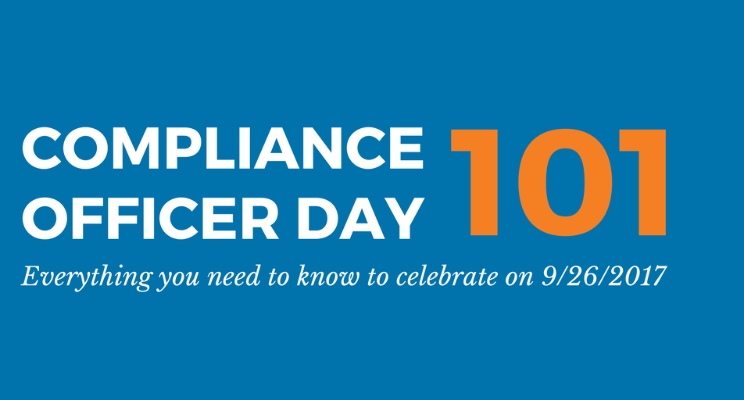
As regulation around global business relationships increases in importance, it’s critical for enterprises to know the true owner of the businesses they are working with. Brian Alster of Dun & Bradstreet describes the opaque ownership structure that many businesses often implement and strategies companies can adapt to find out true beneficial ownership of businesses.
While legal frameworks governing the disclosure of ownership and control structures around global businesses have long existed, identifying an organization’s true owner can surprisingly be the ultimate know-your-customer challenge. Governments and regulators are intensifying their efforts to root out financial support for criminal activity, further highlighting the necessity of organizations knowing who really owns the businesses they deal with.
Even though the latest raft of global anti-money laundering/counter terrorism financing (AML/CTF) regulations and standards are widely based on the G20 Economic Forum/Organisation for Economic Cooperation and Development/Financial Action Task Force [G20/OECD/FATF) principles, there is little agreement on common thresholds. That means organizations have multiple beneficial ownership compliance regulations to manage. What’s more, they have created a problematic paradox. Despite the requirement for granular identification and verification intensifying, access to information is still limited. Information held in company registries, financial institutions, trust and company service providers (TCSP), regulatory bodies or various authorities often contains unreliable or incomplete data. Worse still, many of these sources have limited or no access to offshore entities.
Even when public registries do exist, such as the U.K.’s “persons of significant control” (PSC) register, detailed information on ultimate beneficial owner (UBO) is very rarely included because it is not mandatory. Despite efforts by governments and regulators to increase transparency and disclosure, information on the UBO of offshore corporate vehicles will not be included in AML/CTF central registries.
Connecting the Dots
While calculating UBO is relatively straightforward for a publicly listed company with direct shareholders, it becomes more complex when ownership is obscured by layers of indirect ownership. Simply put, the legal title to a company may not be in the name of the person who actually controls it. It may even be in another company or trust located in a different jurisdiction, most commonly an offshore tax haven.
For example, multilevel indirect shareholding (looping relationships) utilize legal corporate vehicles that enable organizations to create a loop in which they own holdings of other companies in the same loop, as well as potentially shares in themselves. By tallying the ownership percentage of each company, most but not all organizations in the loop will derive 100 percent of their ownership entirely from other companies (not individuals) in the loop. Where they don’t, the shortfall represents the percentage that the shareholder registry states are owned by individuals. These quoted percentages will be lower than what the individuals actually own and control if they’re the only people associated with the loop.
Such ownership structures present high levels of risk and, therefore, require greater scrutiny by compliance teams to demonstrate all reasonable measures as part of enhanced due diligence. What is clearly obvious is that applying a traditional resource-intensive manual approach and reliance on self-certification is no longer sustainable.
Companies need the ability to instantly calculate the actual ownership by accessing data that pulls together global corporate linkage and personal share ownership. By harnessing data analytics software to automate the identification and verification of beneficial ownership, organizations can beat the paradox and make sense of the opaque nature of ownership, which ultimately protects their own business.
Published by Conselium Executive Search, the global leader in compliance search.

